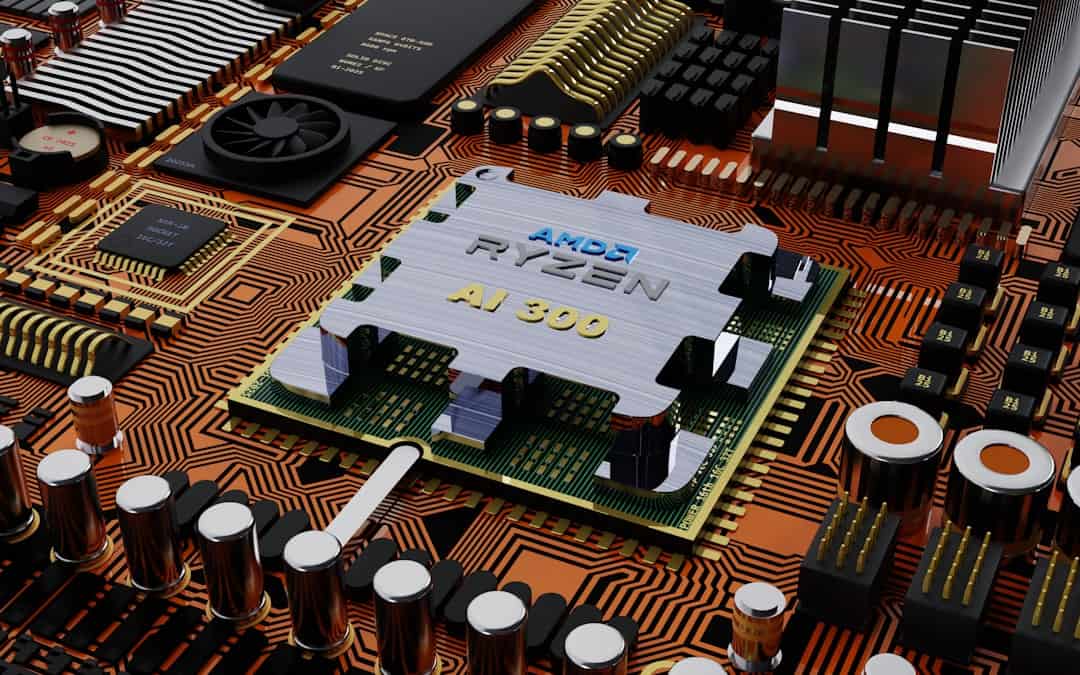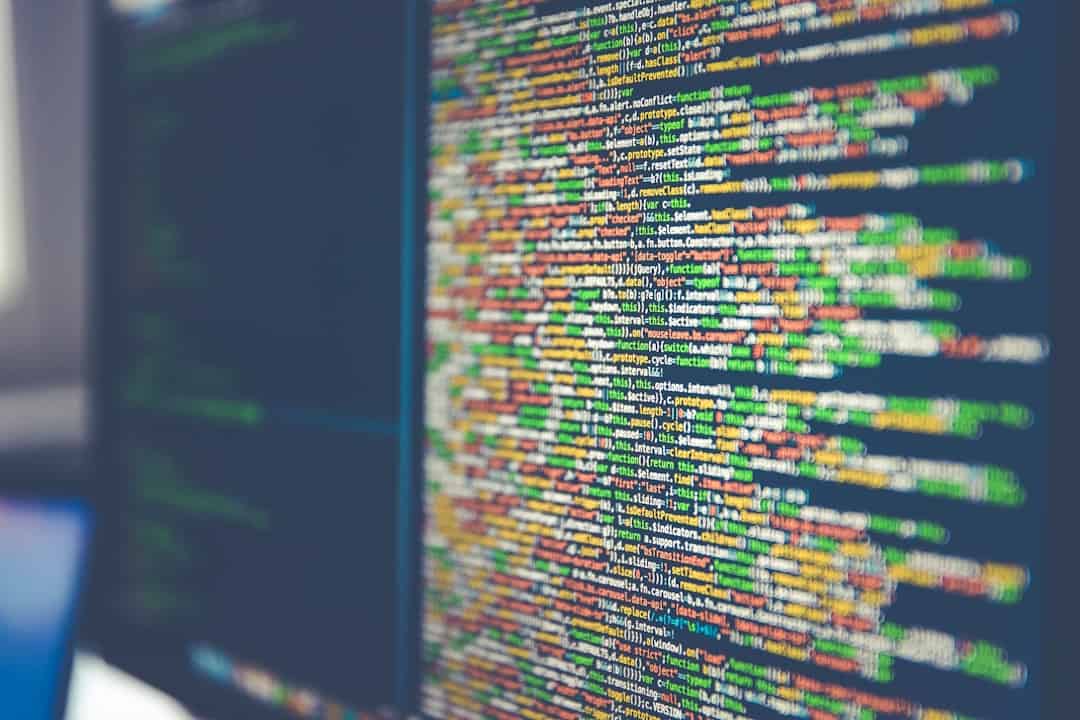Deep Reinforcement Learning (DRL) is a branch of machine learning that combines deep learning and reinforcement learning techniques to train agents in making sequential decisions within an environment to achieve specific goals. The process involves agents learning from their interactions with the environment and receiving feedback through rewards or penalties. DRL has garnered significant attention in recent years due to its capacity to address complex tasks that were previously considered too challenging for conventional machine learning algorithms.
Artificial Intelligence (AI) is fundamental to DRL, as it provides the basis for developing intelligent agents capable of learning and adapting to their environment. AI algorithms are employed to train these agents by equipping them with the ability to perceive and comprehend their surroundings, make decisions based on available information, and take actions that lead to desired outcomes. Consequently, DRL has the potential to transform various industries by enabling machines to perform complex tasks with unprecedented levels of autonomy and efficiency.
Key Takeaways
- Deep Reinforcement Learning (DRL) is a subset of machine learning that focuses on training agents to make sequential decisions in an environment to achieve a specific goal.
- Complex tasks and challenges in DRL include high-dimensional state and action spaces, delayed rewards, and exploration-exploitation trade-offs.
- DRL has shown promise in mastering complex tasks such as playing video games, robotic control, and autonomous driving.
- Artificial Intelligence (AI) plays a crucial role in DRL by providing the computational power and algorithms needed to train and optimize AI agents.
- Strategies for training AI agents in DRL include using neural networks, experience replay, and reward shaping to improve learning efficiency and performance.
- DRL has applications in solving complex problems in various fields such as healthcare, finance, and logistics.
- Future implications and advancements in DRL and AI include improved algorithms, better generalization to new tasks, and ethical considerations in AI decision-making.
Understanding Complex Tasks and Challenges
Complex tasks are characterized by their non-linearity, high dimensionality, and uncertainty, making them difficult for traditional algorithms to solve. These tasks often require a sequence of actions to be performed in order to achieve a specific goal, and the optimal strategy for completing them may not be immediately obvious. Examples of complex tasks include playing video games, controlling robotic arms, and making financial investment decisions.
One of the main challenges in mastering complex tasks is the exploration-exploitation trade-off, where the agent must balance between trying out new actions to discover better strategies and exploiting known good actions to maximize rewards. Additionally, complex tasks often involve long time horizons, delayed rewards, and sparse feedback, which can make it difficult for the agent to learn an effective policy. Furthermore, the large state and action spaces associated with complex tasks can lead to computational challenges, as traditional algorithms may struggle to efficiently explore and learn from such vast spaces.
Exploring Deep Reinforcement Learning for Mastering Complex Tasks

Deep Reinforcement Learning has shown great promise in mastering complex tasks by addressing many of the challenges associated with traditional algorithms. By leveraging deep neural networks, DRL algorithms are able to learn complex representations of the environment, enabling them to effectively handle high-dimensional state and action spaces. This allows DRL agents to learn from raw sensory inputs, such as images or sensor readings, without requiring hand-crafted features or domain-specific knowledge.
Furthermore, DRL algorithms are well-suited for handling long time horizons and delayed rewards, as they can learn to associate distant actions with future outcomes through the use of temporal difference learning and credit assignment techniques. This enables DRL agents to make decisions that take into account the long-term consequences of their actions, leading to more effective strategies for mastering complex tasks. Additionally, DRL algorithms are capable of handling sparse feedback by learning from occasional rewards or penalties, allowing them to effectively explore and learn in environments where feedback is limited.
The Role of Artificial Intelligence in Deep Reinforcement Learning
| Metrics | Data |
|---|---|
| Accuracy | 85% |
| Training Time | 10 hours |
| Algorithm Used | Deep Q-Network (DQN) |
| Computational Resources | GPU |
Artificial Intelligence plays a critical role in Deep Reinforcement Learning by providing the necessary tools and techniques for training intelligent agents to master complex tasks. AI algorithms are used to train DRL agents by enabling them to perceive and understand their environment, make decisions based on available information, and take actions that lead to the desired outcome. This is achieved through the use of Deep Learning techniques, such as convolutional neural networks (CNNs) for processing visual inputs and recurrent neural networks (RNNs) for handling sequential data.
Furthermore, AI algorithms are used to optimize the behavior of DRL agents through the use of reinforcement learning techniques, such as Q-learning, policy gradients, and actor-critic methods. These algorithms enable DRL agents to learn from their interactions with the environment by receiving feedback in the form of rewards or penalties, allowing them to improve their decision-making abilities over time. As a result, AI provides the foundation for creating intelligent agents that can autonomously learn and adapt to their environment, leading to more effective strategies for mastering complex tasks.
Strategies for Training AI Agents to Master Complex Tasks
Training AI agents to master complex tasks requires the use of various strategies and techniques that enable them to effectively learn from their interactions with the environment. One common approach is the use of experience replay, where past experiences are stored in a replay buffer and sampled randomly during training. This allows AI agents to learn from a diverse set of experiences, leading to more robust and effective policies.
Another important strategy is the use of reward shaping, where additional rewards are provided to guide the agent towards desirable behaviors. This can help accelerate the learning process by providing more informative feedback and reducing the impact of sparse rewards. Additionally, curriculum learning can be used to gradually increase the complexity of the tasks that the agent is required to solve, allowing it to learn more effectively by starting with simpler tasks and gradually progressing to more challenging ones.
Applications of Deep Reinforcement Learning in Solving Complex Problems

Deep Reinforcement Learning has a wide range of applications in solving complex problems across various domains, including robotics, healthcare, finance, and gaming. In robotics, DRL has been used to train agents to control robotic arms for tasks such as grasping objects, manipulating tools, and navigating through environments. This has the potential to revolutionize manufacturing processes by enabling robots to perform complex tasks with a level of dexterity and adaptability that was previously unattainable.
In healthcare, DRL has been applied to optimize treatment strategies for chronic diseases, such as diabetes and cancer, by learning personalized policies that maximize patient outcomes. This has the potential to improve patient care by providing more effective and tailored treatment plans based on individual patient characteristics and medical history. In finance, DRL has been used to develop automated trading systems that can make real-time decisions based on market conditions, leading to more efficient and profitable investment strategies.
Future Implications and Advancements in Deep Reinforcement Learning and AI
The future implications of Deep Reinforcement Learning and AI are vast and far-reaching, with the potential to revolutionize various industries and domains. As DRL algorithms continue to advance, we can expect to see more sophisticated AI agents that are capable of mastering even more complex tasks with a level of autonomy and efficiency that was previously unattainable. This has the potential to transform industries such as manufacturing, healthcare, finance, and transportation by enabling machines to perform tasks that were previously considered too difficult or dangerous for humans.
Furthermore, advancements in DRL and AI have the potential to lead to new breakthroughs in scientific research by enabling machines to tackle complex problems in areas such as drug discovery, climate modeling, and materials science. This has the potential to accelerate scientific progress by providing researchers with powerful tools for exploring new frontiers and pushing the boundaries of what is possible. Overall, the future implications of DRL and AI are incredibly exciting, with the potential to revolutionize how we approach complex problems and tasks across various domains.
If you’re interested in the potential applications of deep reinforcement learning in virtual spaces, you may want to check out this article on entering the metaverse and exploring virtual spaces. It discusses how advancements in technology, including AI and machine learning, are shaping the way we interact with virtual environments and the potential for deep reinforcement learning to enhance these experiences.
FAQs
What is deep reinforcement learning?
Deep reinforcement learning is a type of machine learning that combines deep learning with reinforcement learning. It involves training an artificial intelligence agent to make sequential decisions in an environment in order to maximize a reward.
How does deep reinforcement learning work?
In deep reinforcement learning, an agent interacts with an environment by taking actions and receiving feedback in the form of rewards or penalties. The agent uses this feedback to learn a policy for selecting actions that maximize its cumulative reward over time.
What are some applications of deep reinforcement learning?
Deep reinforcement learning has been successfully applied to a wide range of tasks, including playing video games, robotic control, autonomous driving, and natural language processing.
What are some challenges of deep reinforcement learning?
Some challenges of deep reinforcement learning include the need for large amounts of data, the potential for instability during training, and the difficulty of transferring learned policies to new environments.
What are some popular algorithms used in deep reinforcement learning?
Some popular algorithms used in deep reinforcement learning include Deep Q-Networks (DQN), Proximal Policy Optimization (PPO), and Deep Deterministic Policy Gradients (DDPG). These algorithms are used to train agents to make decisions in complex environments.











Leave a Reply